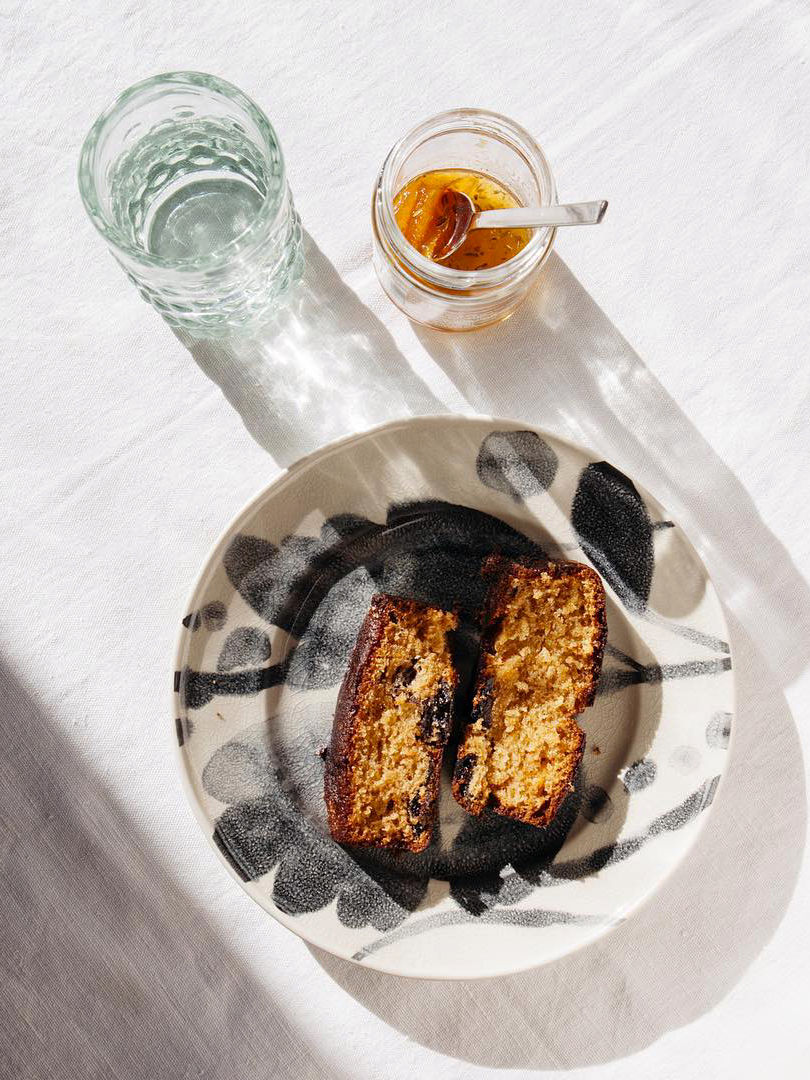We may earn revenue from the products available on this page and participate in affiliate programs.
Evangelia Koutsovoulou was living in Italy—a country beloved for its rich food culture—when she realized that the herbs she was getting at her local market simply weren’t as good as the ones her mom bought from an old lady selling her own homegrown sprigs in her native Greece. When you struggle to find quality oregano in a place that’s known for its spaghetti sauce, you know there’s a bigger problem at hand.
“We live in a time when it’s easier than ever to find good pasta and good olive oil and good cheese—people, especially in big cities, have never had so much access to quality ingredients to experiment with,” says Koutsovoulou. “But there’s a big gap in the distribution of herbs.”
Most options, she found, went through intensive processing or stayed so long in warehouses that they lost much of their flavor—a sharp contrast to the hyper-local varieties she found at home. Koutsovoulou went on to found the company Daphnis and Chloe, which sells fresh herbs from all of Greece’s various microclimates, packaged for global customers who maybe hadn’t yet considered how a bit of thyme or sage could, quite literally, spice up their everyday meals.
With colder months approaching and farmers’ market stalls slowly shifting away from summer crops, now’s a great time to stock up on dried herbs for your autumn dishes—but which ones? We asked Koutsovoulou.
Bay Leaves
What’s the deal: “Bay leaves are one of those ingredients that make many people wonder, Why should I use them? When they come to us for tastings, they say, ‘I’ve always skipped them because I don’t find them to have any smell or taste.’ The thing is, most people don’t really have access to good-quality, freshly harvested bay leaves. Once you taste those, it is a revelation.”
How to use them: “When they’re fresh, they can be the backbone for so many different things: stews, soups, a classic Bolognese. You can even put one or two leaves in the water when you’re making rice. They add a gentle, elegant, subtly floral flavor.”
Marjoram
What’s the deal: “Marjoram’s flavor and intensity can vary a lot depending on where it comes from, as there are so many different types. It extends the feeling of summer because it has floral notes; it brings all the memories of that season to the table, which is a nice thing.”
How to use it: “It’s a great ingredient to pair with root vegetables. Let’s say you’re making a simple salad with warm beetroots or potatoes—if you combine them with a drizzle of olive oil, some Greek yogurt, and just a sprinkle of marjoram, that’s a great combination. It creates a bittersweet taste that’s simply delicious.”
Fennel Seeds
What’s the deal: “Licorice-like fennel seeds are very versatile—they pair with both sweet and savory. I also have a very delicate stomach, and fennel is soothing and aids in digestion.”
How to use it: “I infuse them and make a tea, and I use them when I’m making a very simple cake or cookies. When I’m crushing black pepper to make a rub for pork, I also add in some fennel seeds. It’s a small touch that really changes the dish, but it isn’t an extreme flavor that some people wouldn’t like.”
See more food: The 5 Best Cheeses at Trader Joe’s, According to a Cheesemonger 4 Thanksgiving Cooking Staples Are on Super-Sale Right Now How to Throw a Dinner Party Like You’re in “the Hamptons of Denmark”
